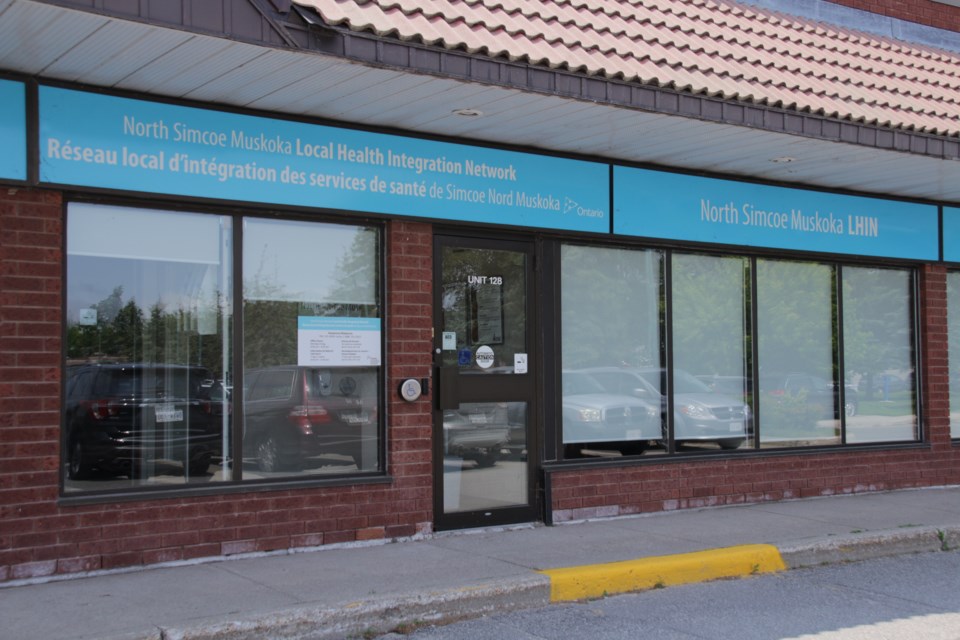A local health agency is cutting 31 positions under Ontario’s plan to integrate or co-ordinate health care.
The North Simcoe Muskoka Local Health Integration Network (LHIN) has eliminated 11 filled and 20 vacant back-office positions, Travis Kann, spokesperson for Health Minister Christine Elliott, said in an email.
“None of the impacted positions provide direct patient care and there will be no disruption to operations,” he said.
Over time, Ontario had continued to add new health-care agencies without a plan to integrate or co-ordinate them, Kann said.
“As a result, Ontario currently has a large network of provincial agencies that has created confusion for both patients and providers and has resulted in significant administrative duplication,” he said.
In response, the province is redirecting health-care dollars from administration to direct patient care by bringing the various agencies and LHINs under the banner of Ontario Health.
As part of the first phase, including the reorganization of six health agencies and 14 LHINs, the government is eliminating duplicative administrative positions, nearly half of which are currently vacant, Kann said.
Examples of duplication include positions in communications, planning, data analytics and financial services, he added.
“None of the impacted positions provide direct patient care,” Kann wrote. “In fact, as the government makes these changes, there will be no negative impact on frontline care, which will continue uninterrupted.”
Across the board, the government is eliminating 825 back-office positions, nearly half of which are currently vacant. As a result, 416 back-office positions that are currently filled will be impacted, he said.
As was submitted to the Standing Committee on Estimates, wrote Kann, the government expects to save approximately $250 million this year by eliminating duplicative administration, which he said is being reinvested in direct patient care.
“The savings realized from reorganizing these agencies and removing duplicated administration is equivalent to annual funding for 700 hospital beds or more than 6,500 long-term care beds,” he said. “That’s a far better use of taxpayer dollars.”
There is already evidence of savings being reinvested in frontline care, Kann added. “For example, Cancer Care Ontario has reallocated $1.6 million from back-office savings to fund positron emission tomography (PET) scan services in Sudbury,” he said.
“We understand that our plan will impact individuals' lives,” Elliott said in a press release last month. “That's why we have asked agencies to responsibly avoid filling vacant positions and accept early retirements to minimize the impact of the reorganization into Ontario Health ... We can all agree that funding frontline services instead of duplicated administration will do more good for Ontarians and is a far better use of health-care dollars.”
When reached by a reporter, the local LHIN directed inquiries to the province.



